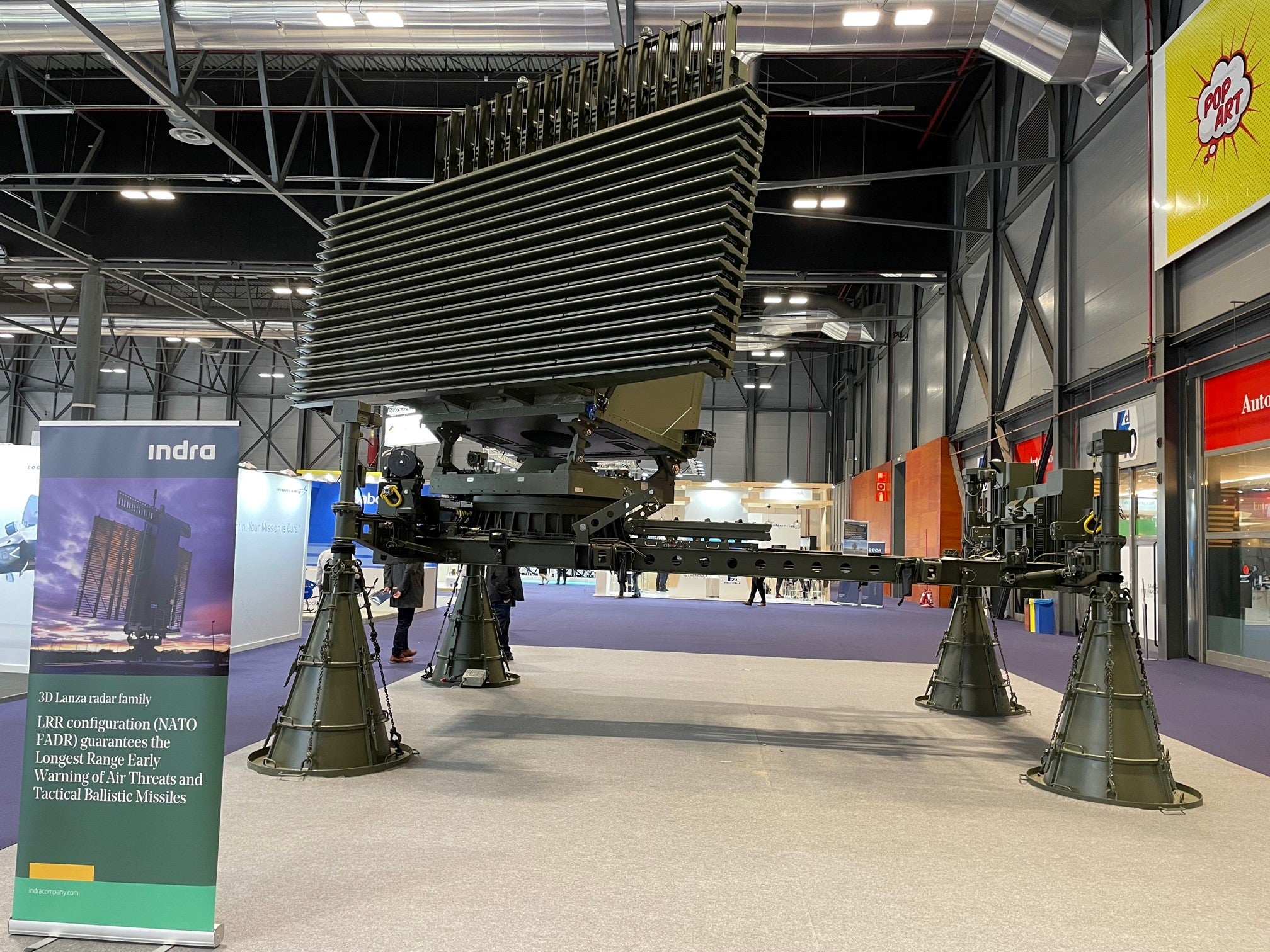
Global technology and consulting company Indra’s Lanza 3D deployable air defence radar (DADR) has successfully cleared Nato’s tactical ballistic missile detection and tracking tests.
Clearance of these tests certifies the Lanza 3D sensor’s tactical ballistic missile detection and tracking capabilities.
How well do you really know your competitors?
Access the most comprehensive Company Profiles on the market, powered by GlobalData. Save hours of research. Gain competitive edge.

Thank you!
Your download email will arrive shortly
Not ready to buy yet? Download a free sample
We are confident about the unique quality of our Company Profiles. However, we want you to make the most beneficial decision for your business, so we offer a free sample that you can download by submitting the below form
By GlobalDataThe system delivered satisfactory results and showcased accurate target detection and tracking capabilities during all tests.
The 3D LANZA DADR development was initially supported by the Ministry of Defense and the Ministry of Industry, Tourism and Trade.
According to Indra, the radar showcased its abilities to detect and track missiles, thereby, providing air traffic control (ATC) and command centres with necessary early warning data to neutralise attacks or reduce damage.
The Nato tests took place at the Radio-Electric Assessment and Analysis Center (CEAR) of the National Institute of Aerospace Technology (INTA) in Guadalajara, Mexico.
During the tests, the radar’s track initiation and target tracking capabilities were tested and evaluated.
Indra noted that the system predicted the different trajectory parameters required to trigger ‘offensive, defensive and intelligence’ actions.
A Nato Support and Procurement Agency (NSPA) certification and testing tool was used to check the missile detection and tracking capabilities of the radar.
The tool comprises a ground mission control station and a system hosted on a medium-sized drone, which simulates the radar signal’s return reflected by a ballistic missile.
The 3D LANZA DADR will be used under Nato’s deployable air command and control component (DAC) and by several air forces.
It is the new generation of Indra’s 3D LANZA family of radars.
In September 2018, Indra won a contract for the delivery of its advanced Lanza 3D long-range radar (LRR) system to the Royal Thai Air Force (RTAF).








